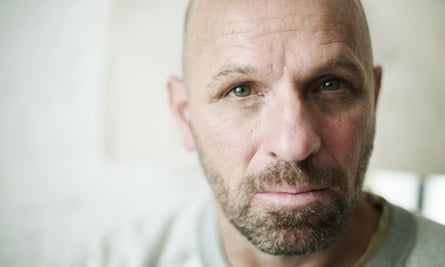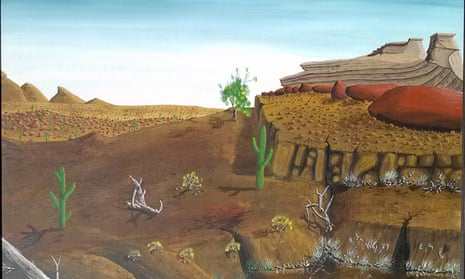A 40-year-old landscape painting once valued at $10m and signed “Pete Doige” was not made by the artist Peter Doig, a Chicago federal court ruled on Tuesday. Doig had been sued by a former Canadian corrections officer who claimed the artist was falsely denying that he had made the work.
The unusual authentication lawsuit was filed in 2013 after the Scottish artist refused to authenticate the painting when the former corrections officer, Robert Fletcher, and art dealer Peter Bartlow tried to sell it. It required Doig to prove he hadn’t painted the work.
“I feel a living artist should be the one who gets to say yea or nay and not be taken to task and forced to go back 40 years in time. It was painstaking to piece this together,” he said during the ruling, according to the New York Times.
Fletcher claimed he and Doig had met at Lakehead University in the 1970s. In 1976, he said he bought the work for $100 from the artist while he was incarcerated at the Thunder Bay Correctional Centre, where Fletcher worked. He said he watched Doig paint the desert landscape, fell in love with it, and purchased it to stop the young man, who had been incarcerated on an LSD charge, from going back to selling drugs.
Years later, a friend noticed the painting and suggested that it could have been created by Doig, according to Fletcher’s lawsuit. From there, Fletcher began working with Bartlow, who owns an art gallery in Chicago and is now a co-plaintiff in the case.

In the trial, Fletcher and Bartlow attempted to show similarities between the painting and Doig’s other works as evidence. They also claimed his denial was the product of embarrassment over the incarceration or past drug use.
Doig, however, said he had never attended the university and had never been incarcerated, citing his school yearbook, his mother’s letters about his whereabouts – including his role in Romeo and Juliet in high school – and written testimony from friends as evidence, the New York Times reported. He wrote in court papers that he hadn’t begun to paint on canvas until late 1979. “If I had painted that painting when I was 16, I would admit it,” he wrote.
Born in Edinburgh in 1959, Doig lived in Trinidad with his family before moving with them to Canada in 1966. He studied art in London on and off between 1979 and 1990. His magical landscape paintings have earned millions – last year, Swamped, a painting of a moonlit white canoe, sold at action for nearly $26m.
Fletcher and Bartlow sought $5m in damages and a declaration that the painting was authentic, since its sale was likely to earn them millions, based on recent sales of Doig’s work.
The artist’s lawyers said they identified the real Pete Doige, whose records matched Fletcher’s description. Doige died in 2012, but his sister, Marilyn Doige Bovard, testified at the trial that the work was created by her late brother.
In a written statement after the verdict, Doig said of the three-year trial that “justice prevailed, but it was way too long in coming”, according to the BBC. “That a living artist has to defend the authorship of his own work should never have come to pass.”
A lawyer for the plaintiffs has not yet decided whether they will appeal the decision.
